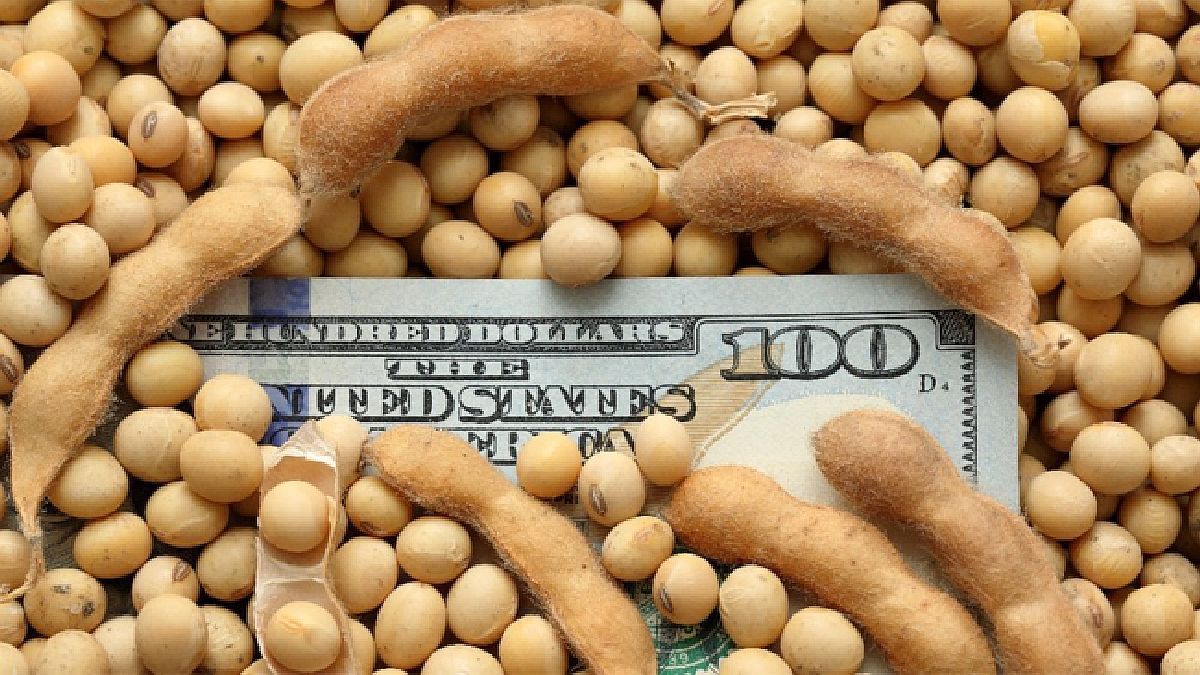Martín Kalos, director of the consulting firm EPyCA, stated that, despite the fact that the drought will reduce the amount of commodities that can be exported, “The rise in international prices is going to compensate for the drop in production, so we are going to be even compared to last year in terms of income from exports.” But he warned that the increase in prices “will lead to greater spending on energy imports; this will not only affect energy subsidies, but also the trade balance”. And he added: “Most likely, the axis of the trade surplus will remain at the same levels as last year. It will be around US$14,000 million”.
drought.jpg
Martín Carro, a member of the UNDAV’s public policy observatory, agreed with the analysis: “Income from exports is going to be similar to last year, since the rise in the price of soybeans will offset the impact of the drought. In relation to imports, we must bear in mind that the estimated growth for this year is between 3% and 4%, so imports should not grow too much in general terms “. And he added that the new restrictions will be temporary.
“Although I believe that the trade balance is going to be similar to last year’s, it may be a little lower due to the country’s own growth. On the other hand, the balance of the current account, especially taking into account services, will be less than last year since Argentina has a deficit in services trade and during 2021 it accumulated a negative balance of around US$ s3,000 million. Although there is greater openness, receptive tourism is not reflected in dollars in the Central Bank due to exchange difficulties”.
Drought and exports
Some consultants do expect a greater impact of the drought on exports. Eco Go estimates agribusiness sales of US$33 billion, almost 13% less than in 2021. Lucio Garay Mendezeconomist at the firm Marina Dal Poggettoremarked that two months ago, without the price effect or the quantity effect, agro-industrial exports were headed for US$34 billion, 8% less than last year.
“Until today, the drought effect reduces our quantity by 17% (equivalent to about 18 million tons less, always compared to 2021). However, so far this year the price of soybeans has risen almost $100. Two months ago we projected a drop in prices of 16% year-on-year and now only 3%. On balance, both opposing effects change our projections, but above all the drop in quantities due to the drought is what ends up prevailing. Today our estimate of agro-industrial exports is US$33,000 million, almost 13% less than in 2021”he detailed.
The Rosario Stock Exchange turned on some yellow lights. He estimated that in the 2021/2022 campaign the soybean harvest would reach 40.5 million tons, 10% less than the previous harvest. “Although this volume implied an improvement of 500,000 tons compared to the January projection, what happens in the coming weeks will be decisive as the crop goes through its critical phase. However, the forecasts indicate at least two weeks of drought for a good part of the central region, generating uncertainty about the productive results that will be obtained in this cycle.”
Source: Ambito
David William is a talented author who has made a name for himself in the world of writing. He is a professional author who writes on a wide range of topics, from general interest to opinion news. David is currently working as a writer at 24 hours worlds where he brings his unique perspective and in-depth research to his articles, making them both informative and engaging.




